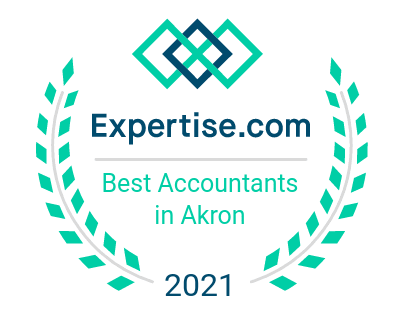I have my PPP loan, now what…
As rules and regulations keep changing, we want to provide the guidance we currently have. Just remember that the final regulations may be different. In order to have a portion or all of your loan forgiven, you need to understand the documentation that will be required. Each lending institution may have slightly different requirements or forms to complete, but this is what everyone should begin putting in their file. Once the lending institution reviews your information and approves it for forgiveness, remember the SBA may audit this information for up to 10 years. It is up to each company to prove why they qualified for the funds and that the funds were used for the required expenses for the loan to be forgiven.
Checklist to put in your SBA PPP Loan folder:
- Documentation as to how the company was affected. This will vary based on each business. The borrower needs to certify in good faith that “current economic uncertainty makes this loan request necessary to support the ongoing operations of the Applicant” and loan proceeds “will be used to retain workers and maintain payroll”. You should add hard evidence such as financial statements showing a drop in sales, a drop in collections, business closure by state mandate, etc.
- Worksheet showing how the loan amount for the PPP Loan was calculated, including the FTE number of employees
- Copies of signed loan agreements
- Document the date you receive funding and compute the end of the 8-week period in order to know when you need to have the funds spent.
- Document what the funds were specifically spent on (discussed in depth below) and keep copies in your folder of each expense being claimed such as payroll reports, mortgage payments, utility bills, etc.
What can I use my PPP Loan funds on for the forgiveness piece? Generally, if you use the PPP Loan for following items, with 75% spent on payroll expenses and 25% the other items, you should qualify for forgiveness. If your FTE drops during your 8-week period, please contact us as this may affect your forgiveness calculation. Currently the regulations state that the expenses need to be incurred and paid during the 8-week period. We are waiting on clarification as to the incurred portion as these expenses may need to be prorated.
- Payroll Expenses. The CARES Act defines payroll costs as Qualified Expenses. For a business (as opposed to an independent contractor or sole proprietor), payroll costs are payments to employees that are
a. salary, wages, commissions, or similar compensation (up to an annualized $100,000)
b. cash tips or equivalent
c. vacation, parental, family medical, or sick leave (excluding payments for emergency paid sick leave or expanded family and medical leaves)
d. separation or dismissal pay
e. group health insurance
f. retirement benefits
g. employer-paid state or local payroll tax (but not federal payroll tax) - Mortgage Interest. The CARES Act defines any interest on indebtedness incurred in the ordinary course of business before February 15 that is a mortgage on real or personal property as a Qualified Expense. Principal payments or prepayments are excluded and therefore are not Qualified Expenses.
- Rent Payments. The CARES Act defines any payments of rent under a leasing agreement in force before February 15, 2020, as a Qualified Expense. The CARES Act does not disqualify rent paid to family members or an insider relationship among parties so long as the lease for the property was in force before February 15, 2020. There is no current SBA guidance on late payments of past-due rent or prepayments of future rent.
- Utilities. The CARES Act defines utilities as electricity, gas, water, telephone, or internet access for which service began before February 15, 2020, as expenses that qualify for loan forgiveness.
Sole proprietors and Independent Contractors without employees. If you received a PPP Loan based on your business net profit, we recommend you write two checks to yourself during the 8-week period as payroll for the loan forgiveness. The amount of the check should equal your monthly net profit computation. The balance should pay for your rent and utilities.
Remember, the legislation is still a moving target, but you need to make sure you are tracking the funds in detail and keeping copies of the receipts for the money spent. Should you have additional questions we are here to assist you the best we can.
Stay Safe
The Davis, Nagy & Company Team

